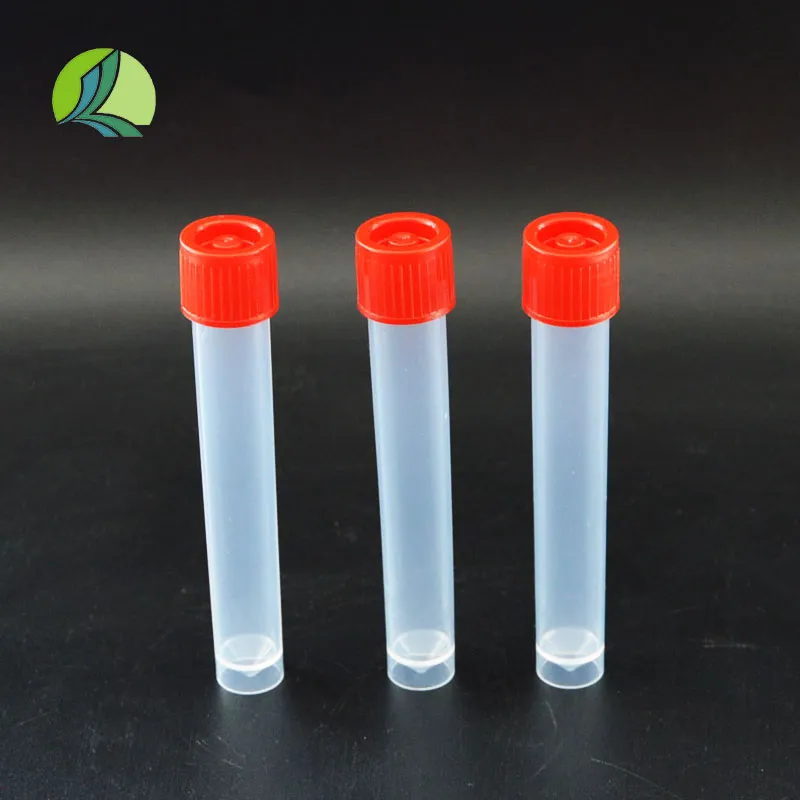
-
 Afrikaans
Afrikaans -
 Albanian
Albanian -
 Amharic
Amharic -
 Arabic
Arabic -
 Armenian
Armenian -
 Azerbaijani
Azerbaijani -
 Basque
Basque -
 Belarusian
Belarusian -
 Bengali
Bengali -
 Bosnian
Bosnian -
 Bulgarian
Bulgarian -
 Catalan
Catalan -
 Cebuano
Cebuano -
 Corsican
Corsican -
 Croatian
Croatian -
 Czech
Czech -
 Danish
Danish -
 Dutch
Dutch -
 English
English -
 Esperanto
Esperanto -
 Estonian
Estonian -
 Finnish
Finnish -
 French
French -
 Frisian
Frisian -
 Galician
Galician -
 Georgian
Georgian -
 German
German -
 Greek
Greek -
 Gujarati
Gujarati -
 Haitian Creole
Haitian Creole -
 hausa
hausa -
 hawaiian
hawaiian -
 Hebrew
Hebrew -
 Hindi
Hindi -
 Miao
Miao -
 Hungarian
Hungarian -
 Icelandic
Icelandic -
 igbo
igbo -
 Indonesian
Indonesian -
 irish
irish -
 Italian
Italian -
 Japanese
Japanese -
 Javanese
Javanese -
 Kannada
Kannada -
 kazakh
kazakh -
 Khmer
Khmer -
 Rwandese
Rwandese -
 Korean
Korean -
 Kurdish
Kurdish -
 Kyrgyz
Kyrgyz -
 Lao
Lao -
 Latin
Latin -
 Latvian
Latvian -
 Lithuanian
Lithuanian -
 Luxembourgish
Luxembourgish -
 Macedonian
Macedonian -
 Malgashi
Malgashi -
 Malay
Malay -
 Malayalam
Malayalam -
 Maltese
Maltese -
 Maori
Maori -
 Marathi
Marathi -
 Mongolian
Mongolian -
 Myanmar
Myanmar -
 Nepali
Nepali -
 Norwegian
Norwegian -
 Norwegian
Norwegian -
 Occitan
Occitan -
 Pashto
Pashto -
 Persian
Persian -
 Polish
Polish -
 Portuguese
Portuguese -
 Punjabi
Punjabi -
 Romanian
Romanian -
 Russian
Russian -
 Samoan
Samoan -
 Scottish Gaelic
Scottish Gaelic -
 Serbian
Serbian -
 Sesotho
Sesotho -
 Shona
Shona -
 Sindhi
Sindhi -
 Sinhala
Sinhala -
 Slovak
Slovak -
 Slovenian
Slovenian -
 Somali
Somali -
 Spanish
Spanish -
 Sundanese
Sundanese -
 Swahili
Swahili -
 Swedish
Swedish -
 Tagalog
Tagalog -
 Tajik
Tajik -
 Tamil
Tamil -
 Tatar
Tatar -
 Telugu
Telugu -
 Thai
Thai -
 Turkish
Turkish -
 Turkmen
Turkmen -
 Ukrainian
Ukrainian -
 Urdu
Urdu -
 Uighur
Uighur -
 Uzbek
Uzbek -
 Vietnamese
Vietnamese -
 Welsh
Welsh -
 Bantu
Bantu -
 Yiddish
Yiddish -
 Yoruba
Yoruba -
 Zulu
Zulu
saline bottle injection
The Importance of Saline Bottle Injection in Medical Practice
Saline bottle injections have become a cornerstone in modern medical practice, playing a critical role in a wide array of therapeutic and emergency situations. This method involves the use of a sterile saline solution injected into the body, providing hydration, electrolyte balance, and acting as a vehicle for administering medications. Understanding the significance and applications of saline bottle injections can enhance our appreciation of their role in healthcare.
What is Saline?
Saline is a solution of sodium chloride (NaCl) in water, typically available in various concentrations. The most common concentration used in medical settings is 0.9% saline, known as normal saline. This isotonic solution matches the osmolarity of the human body’s cells, making it safe for intravenous injection. Saline solutions can also come in hypertonic or hypotonic forms, each serving different medical purposes based on the clinical need.
Medical Applications
1. Hydration One of the primary uses of saline injections is for hydration. Patients suffering from dehydration—whether due to illness, surgery, or excessive fluid loss—can receive intravenous saline to restore their fluid balance. This is especially crucial in emergency situations where rapid rehydration is vital.
2. Electrolyte Balance In addition to hydration, saline injections help in maintaining electrolyte levels in the body, which are critical for normal cellular function. Conditions such as hyponatremia (low sodium levels) can be treated effectively with saline, ensuring that the body’s electrolyte levels are restored to their natural range.
saline bottle injection

3. Drug Administration Saline serves as an excellent medium for administering various medications. Many drugs are designed to be diluted in saline for safe delivery into a patient’s bloodstream. This method not only increases the efficacy of certain medications but also allows healthcare providers to manage the rate of administration easily, minimizing potential side effects.
4. Wound Care Saline is widely used in wound care for irrigation. It is effective in flushing out debris and bacteria from wounds, thereby reducing the risk of infection. Saline irrigation is a simple yet effective technique that can be used in various clinical settings, from emergency rooms to outpatient clinics.
Safety and Considerations
While saline injections are generally safe, there are considerations that healthcare providers must take into account. For instance, excessive administration of saline can lead to fluid overload, which may result in complications such as pulmonary edema. Monitoring of the patient’s vital signs, fluid status, and overall condition is essential during saline infusion.
Furthermore, the sterility of the saline solution and the injection equipment is paramount. Contaminated saline can introduce pathogens into the bloodstream, leading to serious infections. Therefore, adherence to strict aseptic techniques is critical in any medical setting where saline injections are performed.
Conclusion
Saline bottle injections represent a vital aspect of healthcare, offering a versatile solution for hydration, electrolyte balance, medication administration, and wound care. As advancements in medical science continue, the applications and formulations of saline solutions may evolve, further enhancing their efficacy and safety. Understanding the role of saline injections not only underscores their importance in medical treatments but also emphasizes the need for continual education and adherence to safety protocols among healthcare professionals. With their countless uses and benefits, saline bottle injections will undoubtedly remain an essential component of patient care for years to come.
-
Premium 200ml Medicine Bottles – Leakproof Dropper & Spray Options at Best PriceNewsJul.05,2025
-
PTFE Centrifuge Tubes - Chemical Resistant, Leak-proof, Ideal for Laboratory UseNewsJul.05,2025
-
Premium Metal Dropper Bottle for Precise Dispensing 250ml & 1ml Options AvailableNewsJul.04,2025
-
20 ml Headspace Vials - High Quality Polyethylene & Plastic Vials for Lab UseNewsJul.04,2025
-
Small Bottle with Pipette - Precise Dispensing 100ml Pipette Bottles for Essential Oils & Lab UseNewsJun.24,2025
-
Acetic Anhydride Bottle for Accurate Dropper Measurement in Pharmacy Use High-Quality Dropper BottlesNewsJun.10,2025






















